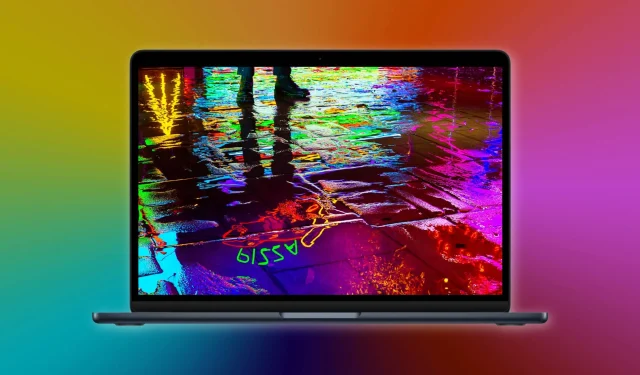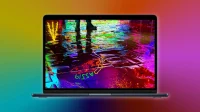A display analyst has confirmed that Apple is working on a new model of MacBook Air with an OLED-based display panel and an OLED-based iPad that will arrive in 2024.
- What is happening? Apple appears to be ordering new OLED panels in sizes that suggest the 13-inch MacBook Air and 11-inch and 12.9-inch iPad Pros will switch from LCD to OLED displays in 2024.
- Why care? Because OLED delivers top-notch display quality.
- What to do? Waiting for a major display upgrade before buying another Apple product? You now have a frame of reference for making purchasing decisions.
OLED MacBook Air and iPad Pro Coming in 2024?
Display Supply Chain Consultants CEO Ross Young tweeted that Apple will introduce three new devices in 2024 with OLED instead of LCD. He believes the 13-inch MacBook Air will be the first Mac to switch from LCD to OLED. The 11-inch and 12.9-inch iPad Pros are also due to switch to OLED in 2024.
Earlier, the analyst said that Apple is in talks with Samsung and LG Display to produce OLED screens with a dual tandem structure, which will use a pair of red, green and blue radiation layers, one on top of the other.
This will double the life of the panel, which is good, but it will also double the brightness, making the screen much brighter in key situations.
Current Apple devices with OLED displays only have a single-layer design. Previously, Yang also said that OLED layouts and iPads will support Apple’s ProMotion technology with dynamic refresh rates up to 120Hz.
ProMotion is currently used on 2017 and later iPad Pro models (24-120Hz), as well as 14- and 16-inch MacBook Pros (24-120Hz), and the iPhone 13 and iPhone 14 families (10–120 Hz).
Apple products with OLED displays

Many Apple products still use LCD technology, although the company has been making a multi-year effort to convert all of them to OLED. This is why we find ourselves in such a strange situation where some Apple gadgets use OLED displays, while others still suffer from the disadvantages of LCDs (low resolution and refresh rate, gray blacks, low brightness and contrast).
The Apple Watch was the first Apple product to use OLED technology. All Apple Watch models today are equipped with OLED displays.
When it comes to phones, all iPhones from the 2017 iPhone X onwards (except the iPhone 8, iPhone 11, and iPhone XR) use OLED panels that deliver superior contrast and brightness while reproducing true deep blacks. No other Apple product currently has OLED. All iPads are still based on LCDs, as are all Mac laptops and desktops.
Apple’s standalone monitors, the Pro Display XDR and Studio Display, are also based on LCD technology. As with the iPad Pro family, these external displays feature mini-LED backlight technology, which delivers some of the benefits of OLED, such as high contrast and brightness, at the expense of an unwanted blooming effect.


